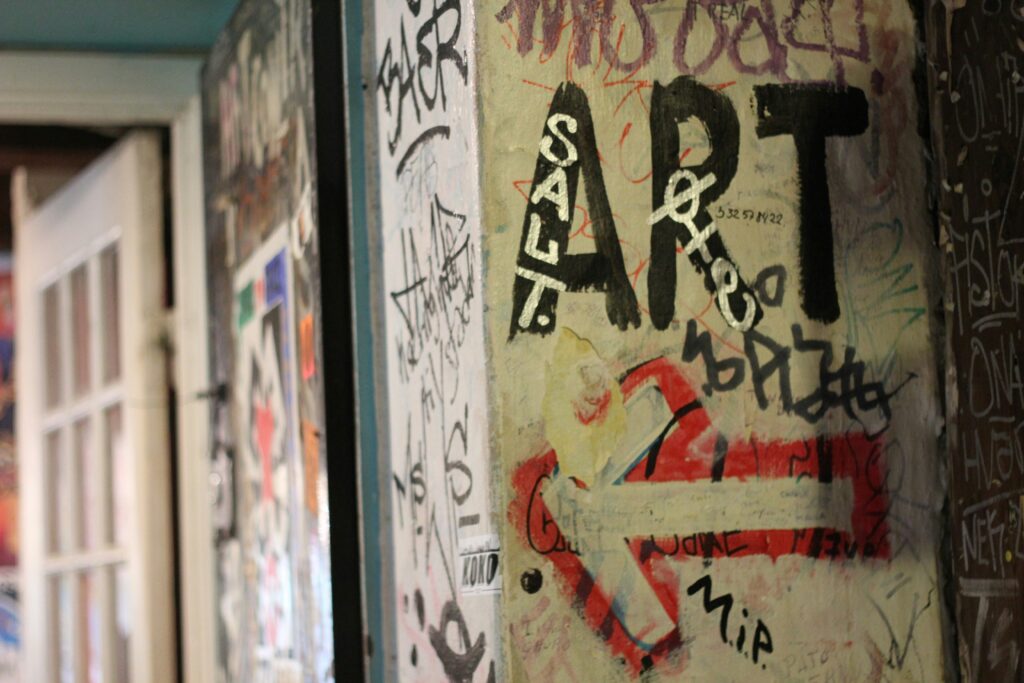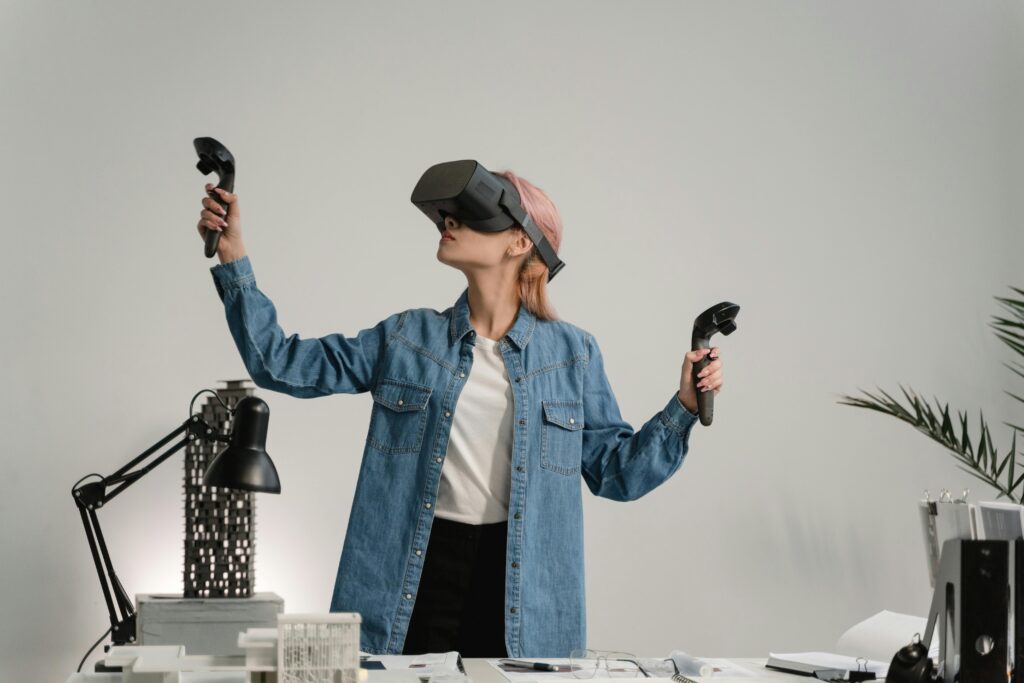Introduction
When most people think of NFTs (Non-Fungible Tokens), they imagine digital art or profile pictures. But in 2025, NFTs are no longer just about art. They are transforming industries like music, real estate, gaming, and even education. Let’s explore the real-world uses of NFTs that are shaping the future.

1. Music and Entertainment
NFTs let musicians sell songs, albums, or concert tickets directly to fans.
- Artists can earn royalties automatically through smart contracts.
- Fans can own exclusive songs, backstage passes, or limited-edition albums.
Example: A singer could release 1,000 NFT-based tickets for a global concert tour.

2. Gaming and Virtual Items
In 2025, gamers truly own their in-game assets thanks to NFTs.
- Skins, weapons, and characters can be traded or sold.
- Players can transfer assets between games that support blockchain.
Example: A rare NFT sword in one game could be sold for real money or used in another game.

3. Real Estate
NFTs are being used to represent property ownership.
- Home deeds, rental contracts, and land records can be stored on blockchain.
- This reduces fraud and makes property transfers faster and more transparent.
Example: A house could be sold as an NFT, proving ownership instantly.
4. Identity and Credentials
NFTs can replace physical IDs, certificates, and diplomas.
- Universities issue NFT-based degrees.
- Employers verify credentials instantly.
- Digital IDs make online services safer and more reliable.
Example: A blockchain-based diploma that cannot be faked.
5. Event Tickets and Memberships
Tickets to concerts, sports, or conferences can be NFTs.
- Prevents fake tickets and scalping.
- Allows organizers to reward loyal fans with perks.
Example: A football club issues NFT season passes that include special fan rewards.

Conclusion
In 2025, NFTs are proving they’re more than just digital art. From music and gaming to real estate, identity, and tickets, NFTs are creating new opportunities in the digital and physical world. The future of NFTs is about utility, ownership, and innovation.